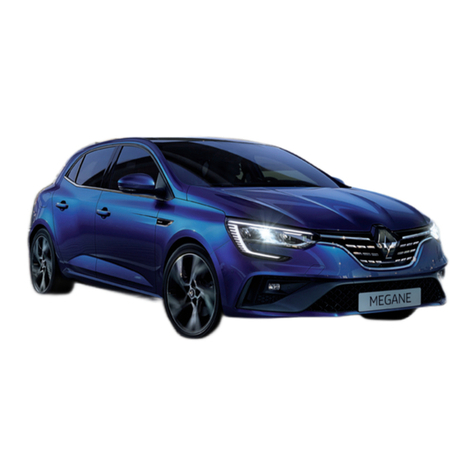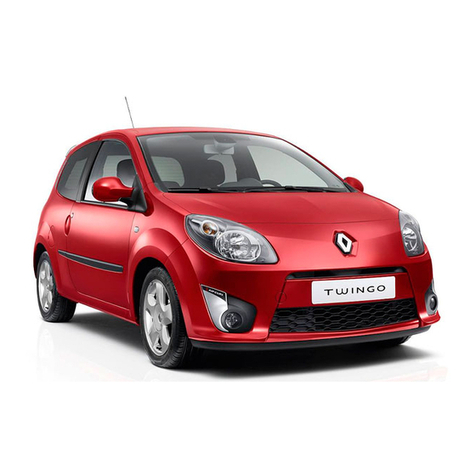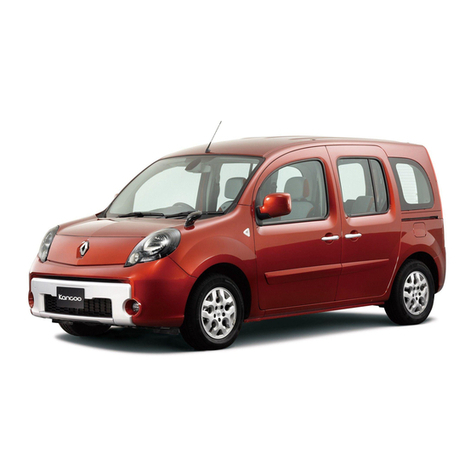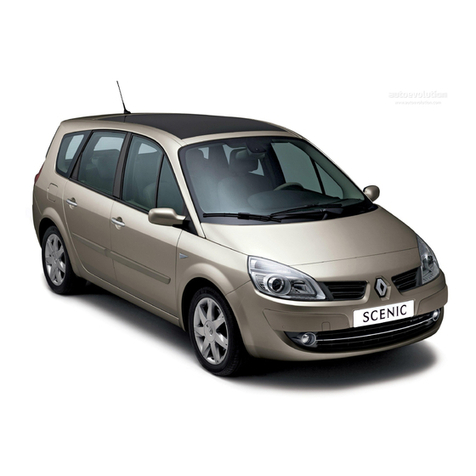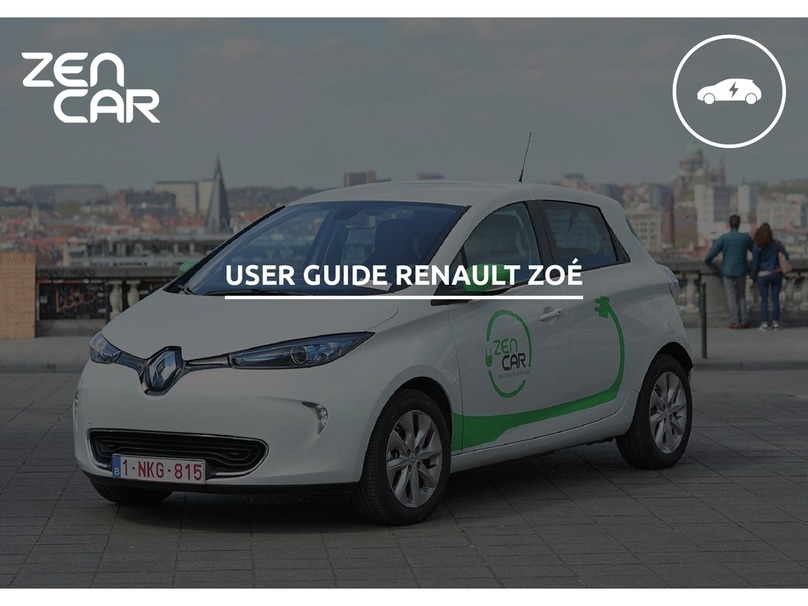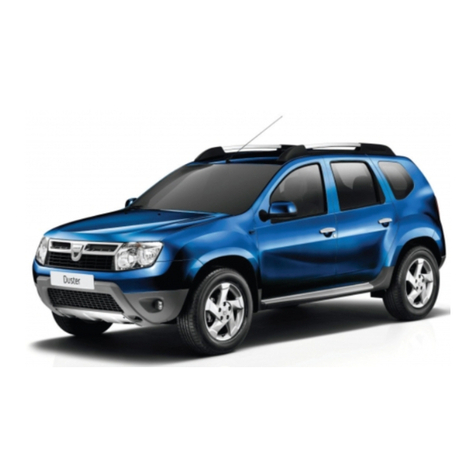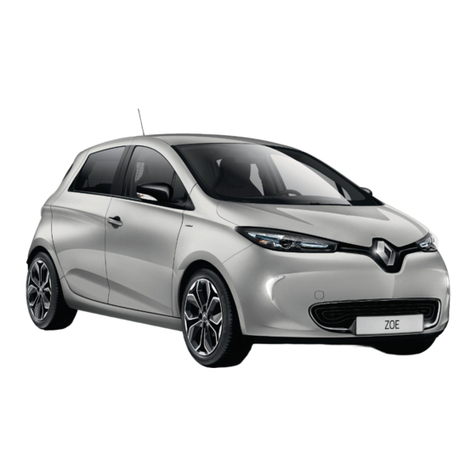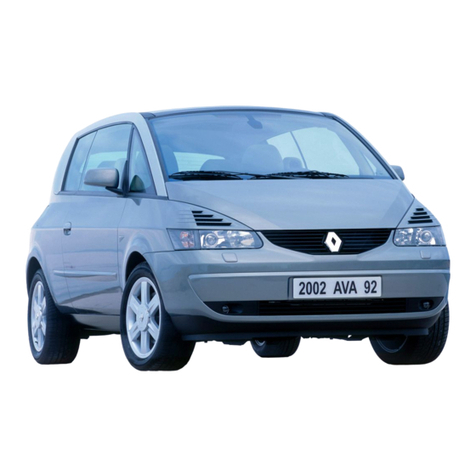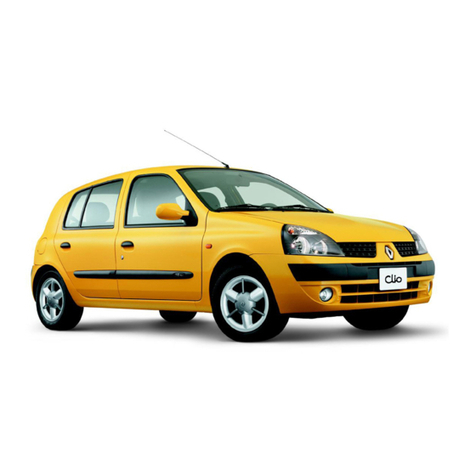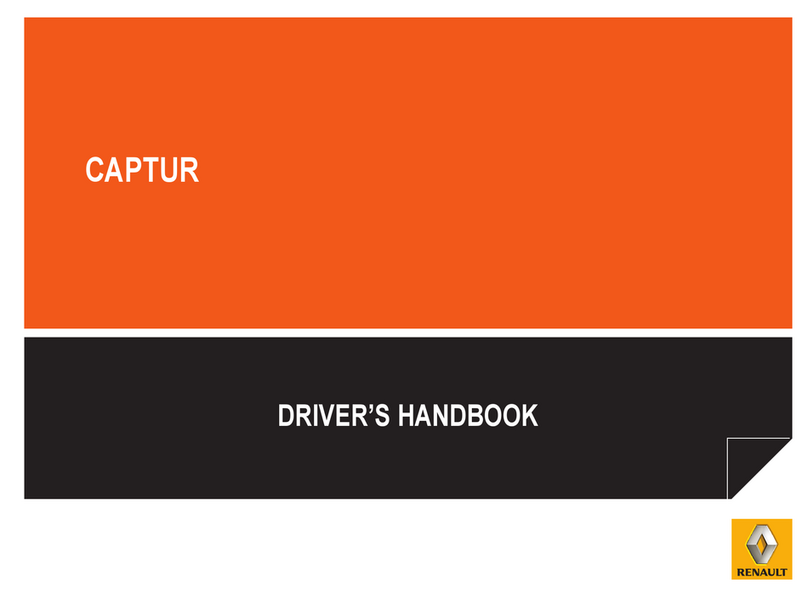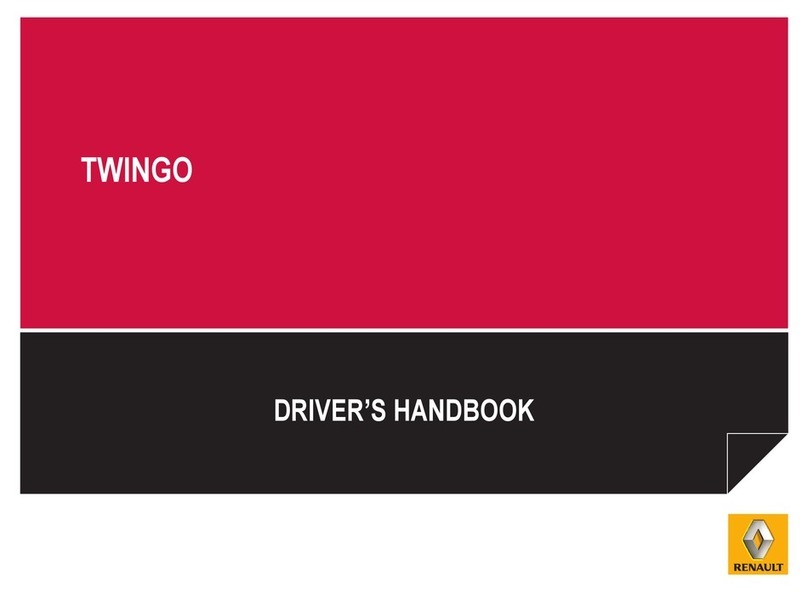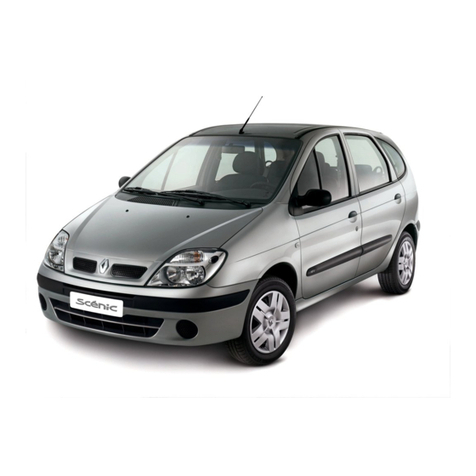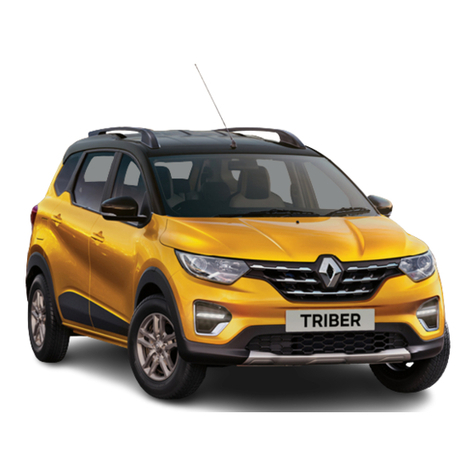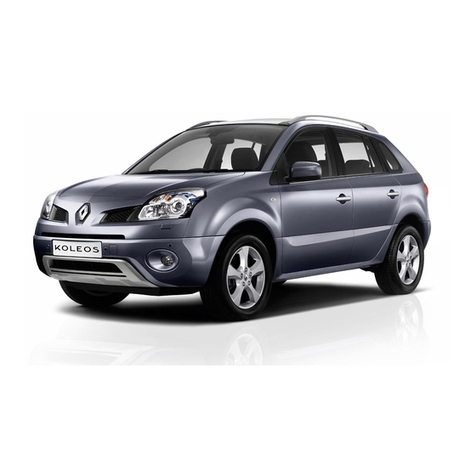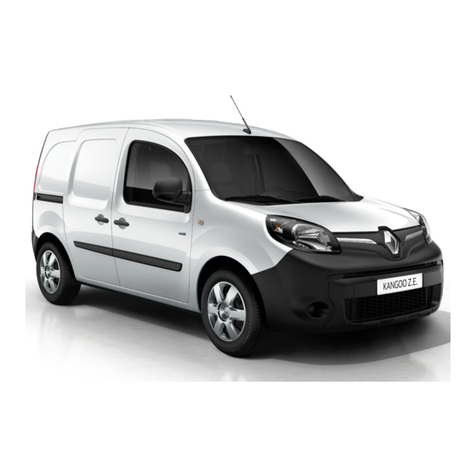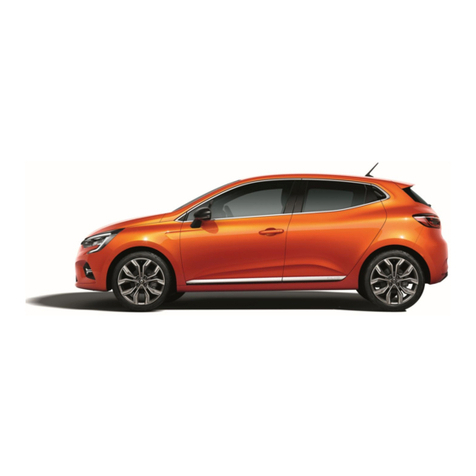
A-Accumulators 17.18
Air-conditioning..
Air FlIterr 2:
Ant,-freeze (see Ccdng
Syrtenq.. 16
Anti-theft de, ‘ce (see
Ignit,on).. 5
AD”Oi”tment 7
n-Battery (seeAcc”m”,a-
tom.. 17.18
Belts (fan and genera-
tor). 20.2,
Bonnet (engine) 7
Brakes (ad,urt,ng). 25
Brake (hand or parking). 26
Bulbs 28.39
C-Capacities 39
Carburetter ., 20
Carburetterjetr 20
Chassis characteristics 3
Clutch (adj”r*ment) : 23
CO”WOlS CI”*tWme”t
D-Dashboard.. 4
Demlsting(air-cond,tion-
ing) 7-8
Distributor (igmtron). 18-38
Doors.. 11
Dmoing _. 16-17
Drivrng technique
(hints). 14.15
E -Engine., 37
Engine starting 13.14
F-Fault Finding ., 34
Filters (air). 23
G-Gearbox 313
Gearchange. .,,, ,,,, 6
General specifications. 3
Guarantee 42
H-Hand brake 10
Head lamps 29
Heater 17
Horns. 6
I -ldentificat~on.. 42
Idling... 20
Ignltlon 5-38
Inflation pressure (tyres) 30
instr”ment pane, ,,. ,, 4
lntemr lights 10.11
J -jack.. 30-3,
Jets (carburetter) 20
L-Lamps (pilot). 14
Lighting 6
Lubrication 27
Lubrication chart
(End of booklet)
Luggage compartment 9
M-Maintenance calendar. 33
O-Oil (lubricating) 13
F -ParkIng ,,, ,,,, 10
ParkIng brake 10
Petrol gauge.. 14
Pilot lamps 14
R -Radiator blind.. 12-13
Rocker arms. 22
Running 4n .,.., 17
s -Seats, front (Adjust-
ment) 12
Signals.. 6
Spare wheel V-12
Spark plugs (setting 8,
inspection) ..,,,,,., 19
Starting.. 14
T-Table ofcontentr...... 43
Toe-in (front wheeir). 32
Traficators. 6-28
Tyres (inflation prer-
sure).. 30
U-Useful hints 18
W-Washing ., 27
Water temperature. 14
Wheels, front-align-
ment tree Toem) 32
Wheels (wtchmg) 30
Windscreen wiper.. 10
Wiring diagram., 40.41
Metres Inches
- -
Wheelbase
(e)
.............
Track-front (v) (on ground). ..........
Track-rear
Overall length (L)
Overall width (I)
Total height unladen (h) apprax.
Ground clearance....................
Maximum weight (unladen)
In running order 630 kg (1,389 Ib.)
Front wheel toe-in..
C&or angle 3 to 5 mm (.12”to .20”)
100
Camber angle 1’ 30’
Turning radius., 4.55 m (179 I/4”)
Rack and pinion steering with return spring
Rear axle bevel gear and pinion
set 8 x 35
4 coil suspension springs
1 torsion bar in front.
4 telescopic shock absorbers.
Brakes :
Foot brake Hydraulic, acting an the 4 wheels
Hand brake Mechanical on rear wheels.
Tyres ’ I35 ’ 380
is” YI’r
2 3
